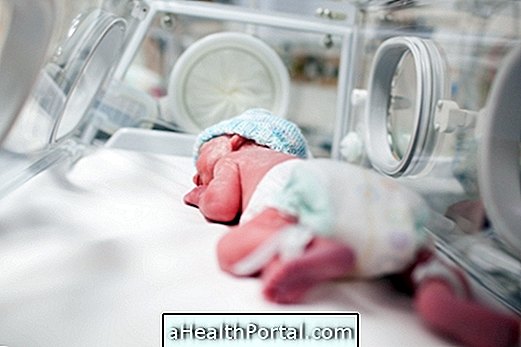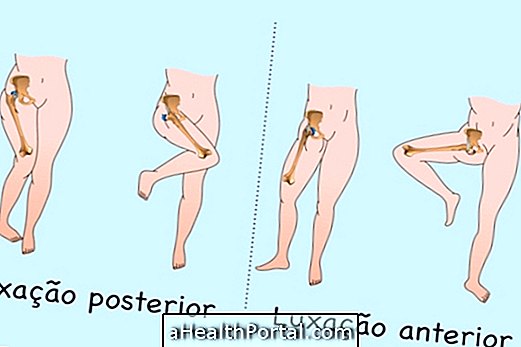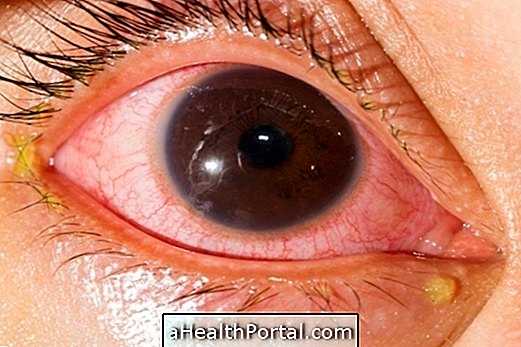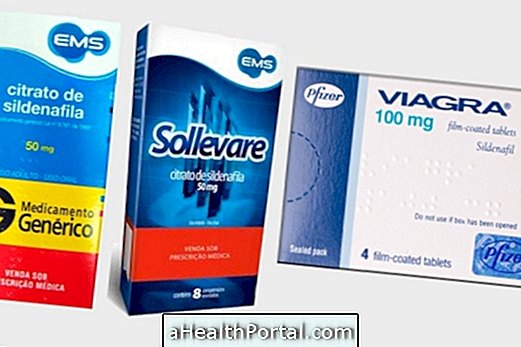Crouzon syndrome, also known as craniofacial dysostosis, is a rare condition where there is premature closure of the skull sutures, leading to various cranial and facial deformities. These deformities can also generate changes in other body systems such as vision, hearing or breathing, making it necessary to perform corrective surgeries throughout life.
When suspected, the diagnosis is made through the genetic cytology examination that is performed even during pregnancy, at birth or during the first year of life, but is usually only detected at 2 years of age when deformities are more pronounced.

Main symptoms
The characteristics of the child affected with Crouzon's syndrome range from mild to severe, depending on the severity of the deformities, and include:
- Deformities in the skull, the head adopts a towering aspect and the neck becomes flattened;
- Facial changes such as protruding eyes and more distant than normal, enlarged nose, strabismus, keratoconjunctivitis, difference in pupil size;
- Rapid and repetitive movements of the eyes;
- IQ below normal;
- Deafness;
- Difficulty of learning;
- Cardiac malformation;
- Attention deficit disorder;
- Behavioral changes;
- Brown to black spots on the groin, neck and / or under the arm.
The causes of Crouzon syndrome are genetic, but the age of the parents may interfere and increase the chances of the baby being born with this syndrome, because the older the parents, the greater the chances of genetic deformities.
Another disease that can cause symptoms similar to this syndrome is the Apert syndrome. Learn more about this genetic disease.
How is the treatment done?
There is no specific treatment to cure Crouzon's syndrome, so the treatment of the child involves performing surgeries to soften bone changes, decrease head pressures and prevent changes in the shape of the skull and brain size, taking both aesthetic effects and effects that aim to improve learning and functionality.
Ideally, surgery should be performed within 1 year of the child's life, since the bones are more malleable and easier to adjust. In addition, filling of bone defects with methylmethacrylate prostheses has been used in cosmetic surgery to soften and harmonize the facial contour.
In addition the child should do physiotherapy and occupational therapy for some time. The goal of physical therapy will be to improve the quality of life of the child and lead to a psychomotor development as close to normal as possible. Psychotherapy and speech therapy are also complementary forms of treatment, and plastic surgery is also beneficial to improve the facial appearance and improve the patient's self-esteem.
Also check out some exercises that can be done at home to develop the baby's brain and stimulate learning.





















